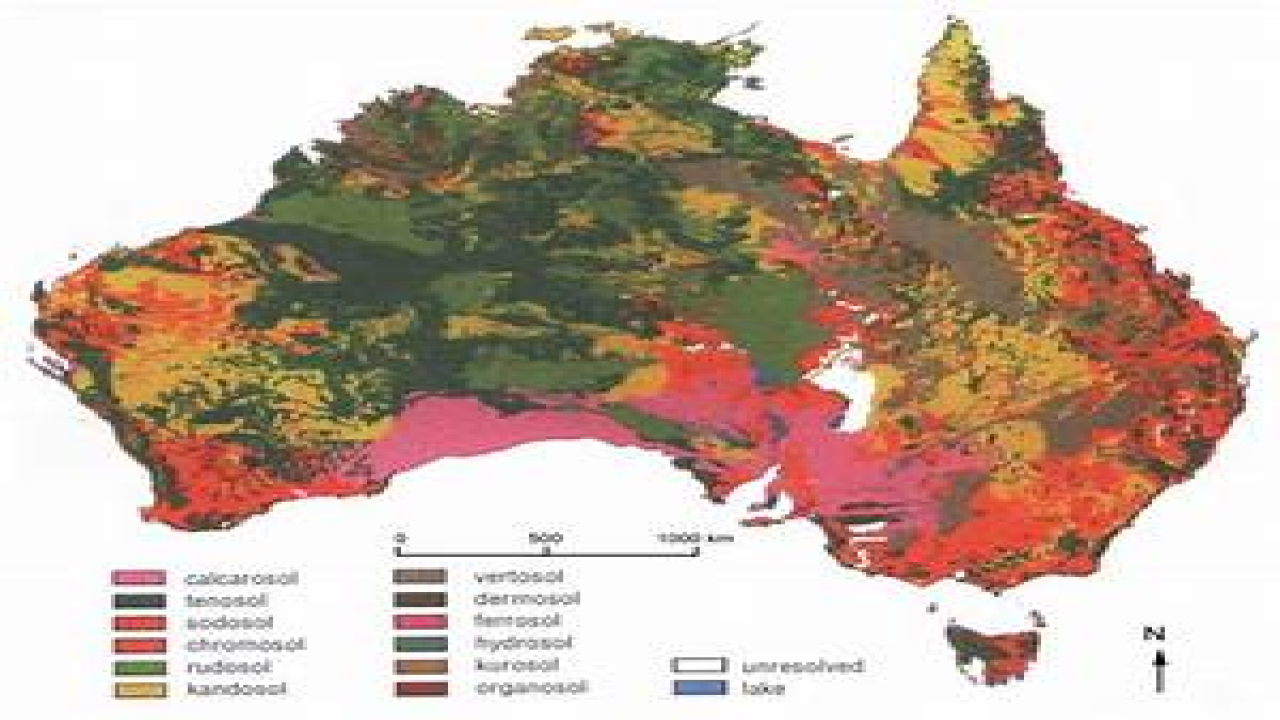Soil Types and Their Distribution
Soil is a critical component of the Earth’s ecosystem and supports the growth of plants and sustains many forms of life. The study of soil types and their distribution is an important aspect of ecology and environmental science.
History of Soil Types and Their Distributions
The study of soil types and their distribution can be traced back to the early 19th century when German geologist Friedrich Mohs developed the first widely accepted classification system for rocks and minerals. Over the years, many scientists have studied soil types and their distribution to understand the characteristics and distribution of different soil types around the world.
Types of Soil
There are several types of soil, which are classified based on their texture, composition, and structure. Some of the major types of soil are as follows:
Sandy Soil
Sandy soil is composed of large particles that do not hold water or nutrients well. Sandy soil is often found in areas with low rainfall and high temperatures, such as deserts and coastal regions.
Clay Soil
Clay soil is composed of very small particles that hold water and nutrients well. Clay soil is often found in areas with high rainfall and cool temperatures, such as the Pacific Northwest region of the United States.
Loam Soil
Loam soil is composed of a mixture of sand, clay, and silt particles and is considered the ideal soil type for plant growth. Loam soil is often found in areas with moderate rainfall and temperatures.
Peat Soil
Peat soil is composed of partially decomposed organic matter and is often found in wetland areas, such as bogs and marshes. Peat soil is nutrient-rich and can be used as a soil amendment for gardening and farming.
Chalk Soil
Chalk soil is composed of a mixture of calcium carbonate and other minerals and is often found in areas with low rainfall and high temperatures, such as parts of the Mediterranean region.
Examples of Soil Types and Their Distribution
- Sandy Soil: The Sahara Desert in Africa is an example of an area with sandy soil. The sandy soil in this region is unable to hold water or nutrients well, which makes it difficult for plant life to thrive.
- Clay Soil: The Pacific Northwest region of the United States, including parts of Washington and Oregon, is an example of an area with clay soil. The clay soil in this region holds water and nutrients well, which makes it ideal for plant growth.
- Loam Soil: The Midwest region of the United States, including parts of Illinois and Iowa, is an example of an area with loam soil. The loam soil in this region is nutrient-rich and supports the growth of crops such as corn and soybeans.
- Peat Soil: The Everglades region in Florida is an example of an area with peat soil. The peat soil in this region is composed of partially decomposed organic matter and supports the growth of a variety of plant and animal species.
- Chalk Soil: The region around the Mediterranean Sea, including parts of Greece and Italy, is an example of an area with chalk soil. The chalk soil in this region is alkaline and supports the growth of plant species such as olive trees and grapevines.
Issues Associated with Soil Types and Their Distribution
Soil erosion is one of the most significant issues associated with soil types and their distribution. Soil erosion can occur when soil is exposed to wind or water, leading to the loss of nutrients and organic matter. Soil erosion can also lead to water pollution and the loss of biodiversity.
Soil contamination is another issue associated with soil types and their distribution. Soil contamination can occur when soil is exposed to chemicals or pollutants, such as pesticides, heavy metals, or industrial waste. Soil contamination can lead to the loss of soil fertility and can have significant impacts on human and animal health.
Soil degradation is also a significant issue associated with soil types and their distribution. Soil degradation can occur when soil is overused or mismanaged, leading to a decline in soil quality and fertility. Soil degradation can also lead to desertification, where previously productive land becomes barren and unable to support plant or animal life.


